My favourite Dianthus is ‘flutterburst’ , a gorgeously vibrant, compact evergreen perennial. Perfect for container gardens, Rockeries, cottage gardens, Sunny borders and small space growing! Makes a wonderful Balcony plant too!
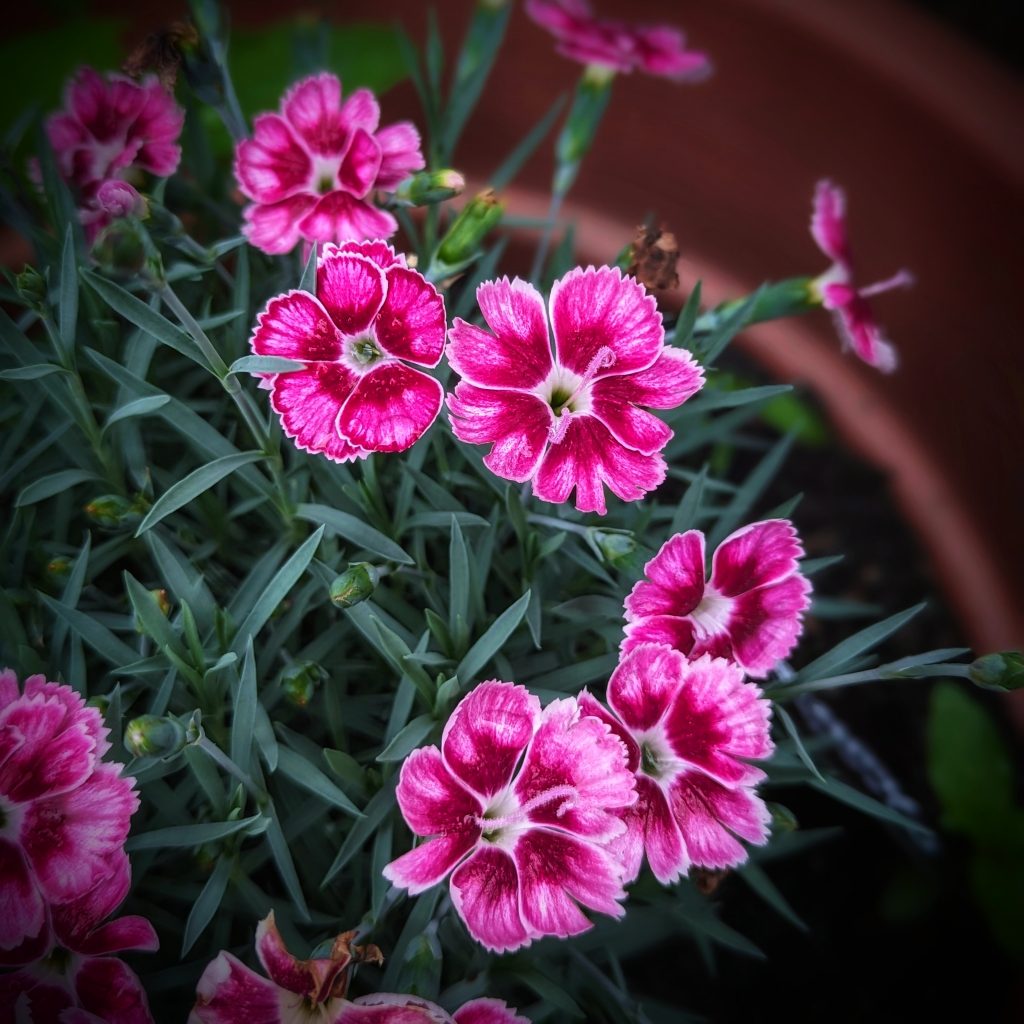
Dianthus History
The Dianthus plant is pretty Old! We’re talking Ancient! Native to Eurasia this beautiful flower was named by a Greek botanist named Theophrastus. ‘Dianthus’ comes from the Greek Word dios, which means ‘divine’ and anthous which means flower…Aptly named I think!
Due to its divine nature, ancient Greeks Considered the Dianthus to be ‘the flower of the Gods’ and the culture often included Dianthus flowers in ceremonial crowns as a mark of respect
Historic uses of Dianthus
Historically, Dianthus plants were used mainly for their medicinal properties, ancient medicine books document the plants usefulness in treating stomach pains, fevers, congestion and even melancholy.
Dianthus ‘Flutterburst’ Characteristics
Dianthus Flutterburst is an alpine that forms dense clumps of steely grey-blue foliage. This compact evergreen perennial has wonderfully scented flowers that bloom in late spring with sporadic blooms throughout summer and even into Autumn, especially if you keep on top of the pruning! Flowers are magenta-pink with a thin white margin. Plants can reach heights of 20-25 cm with an equal spread
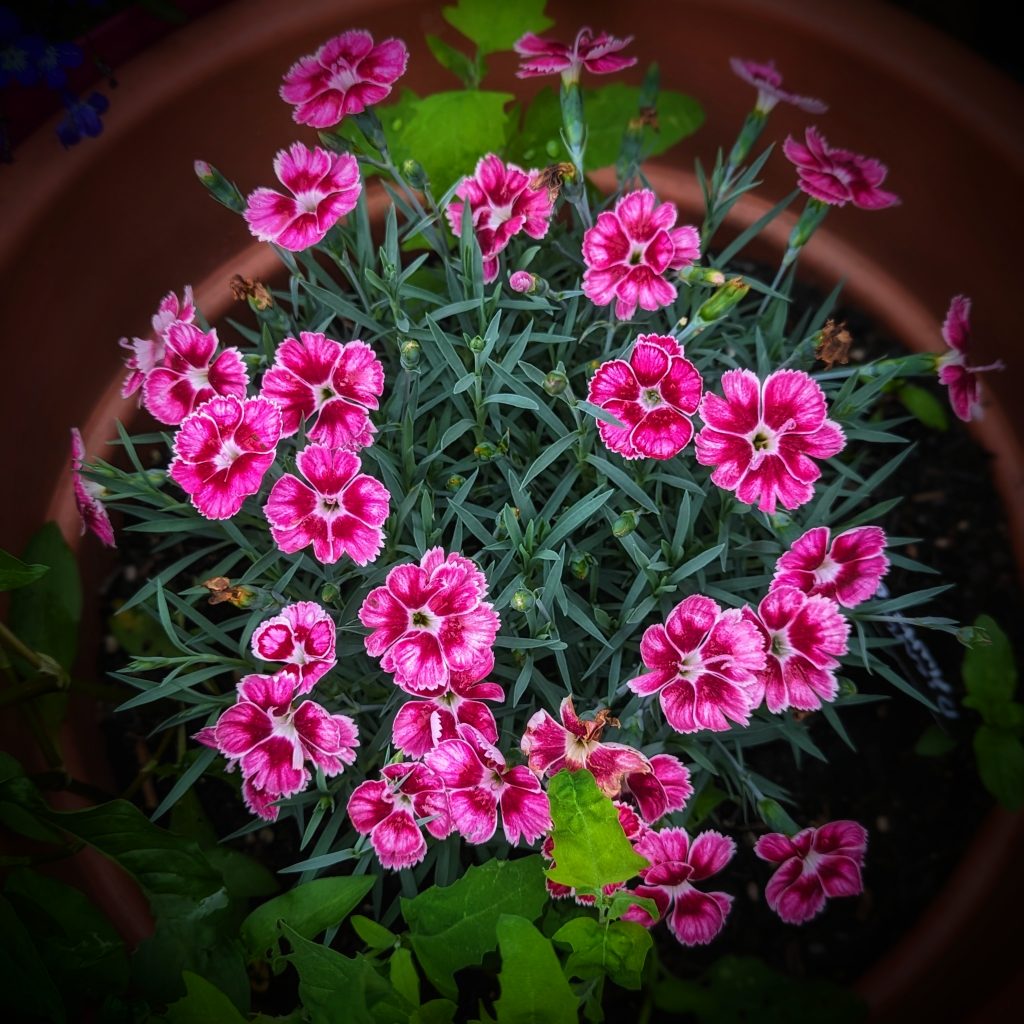
Is Dianthus Edible?
The flower petals are edible and have been used as edible decorations for cakes, garnish for savoury dishes and you could even toss some petals in a salad if you like!
*Important to note that the leaves of the Dianthus plant should not be consumed as they can cause gastrointestinal distress if eaten.
So many names!
Other Common names for Dianthus are pinks, hardy pinks, maiden pink, grass pink, clove pink, Chinese Pink, carnation, and sweet William
10 Reasons To Grow Dianthus
- Wonderfully Fragrant
- Hardy! Some can tolerate temperatures down to -20c!
- Long Flowering Season
- Attractive compact growing habit
- Wonderful for Container growing
- Low Maintenance
- Evergreen
- Masses of Flowers
- Pretty!!!
- Bees Love Them!
How To Grow dianthus
Affiliate links
Dianthus can be annuals or evergreen perennials . There are literally hundreds of varieties to choose from! But here are some of my favourites you could try…
Buy Dianthus deltoides ‘Brilliant’ / Maiden Pink / Hardy Evergreen Perennial seeds
Buy Dianthus – Corona Blueberry Magic F1-20 Seeds
Dianthus Barbatus Seeds – Sweet William Auricula Eyed Seeds
Grow Dianthus from Seed
Sow Seeds: February to July.
- Sow seeds on the surface of a good, free-draining compost and lightly press into the soil *Do not cover the seeds, they need light to aid germination. Germination can take between 14-30 days.
- Place on a sunny windowsill, cover with a propogator lid or cover will a polythene bag until germination occurs
- When seedlings are large enough to handle, transfer them into larger pots. Plant out in a sunny spot once all risk of frost has passed.* Be sure to harden off indoor raised seedlings first.
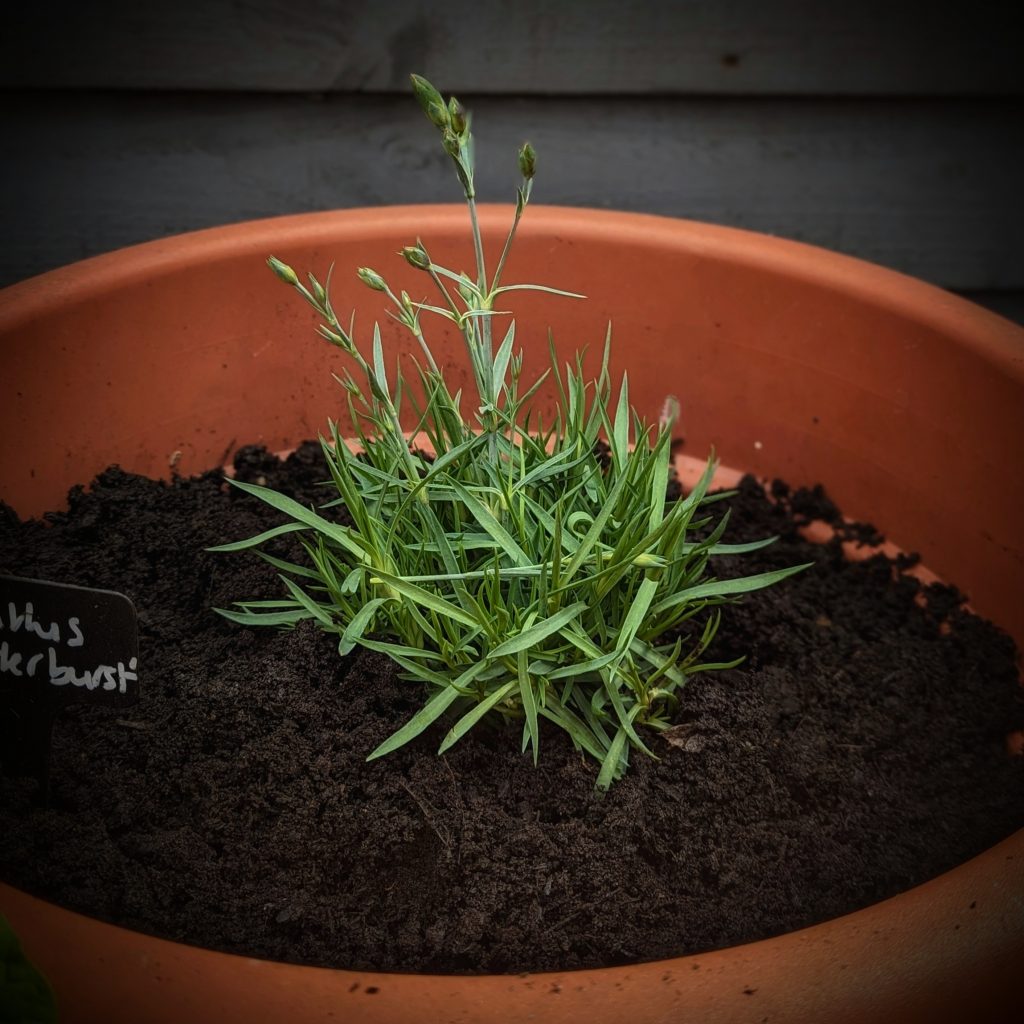
What Does Hardening Off Mean?
Plants raised indoors or in a greenhouse environment, need to be acclimatised to cooler temperatures and increased air movement for about two to three weeks before they are planted outdoors permanently. This is a ‘toughening up’ practice to prepare the plants for their new environment.
How to Harden Off
Place your plants out for a couple of hours in a shady part of the garden. The next day, leave them out again for two hours, but this time allow the plants an hour of direct sunshine in the morning. Gradually continue to increase the length of time the plants are in direct sunshine over the course of roughly two weeks.
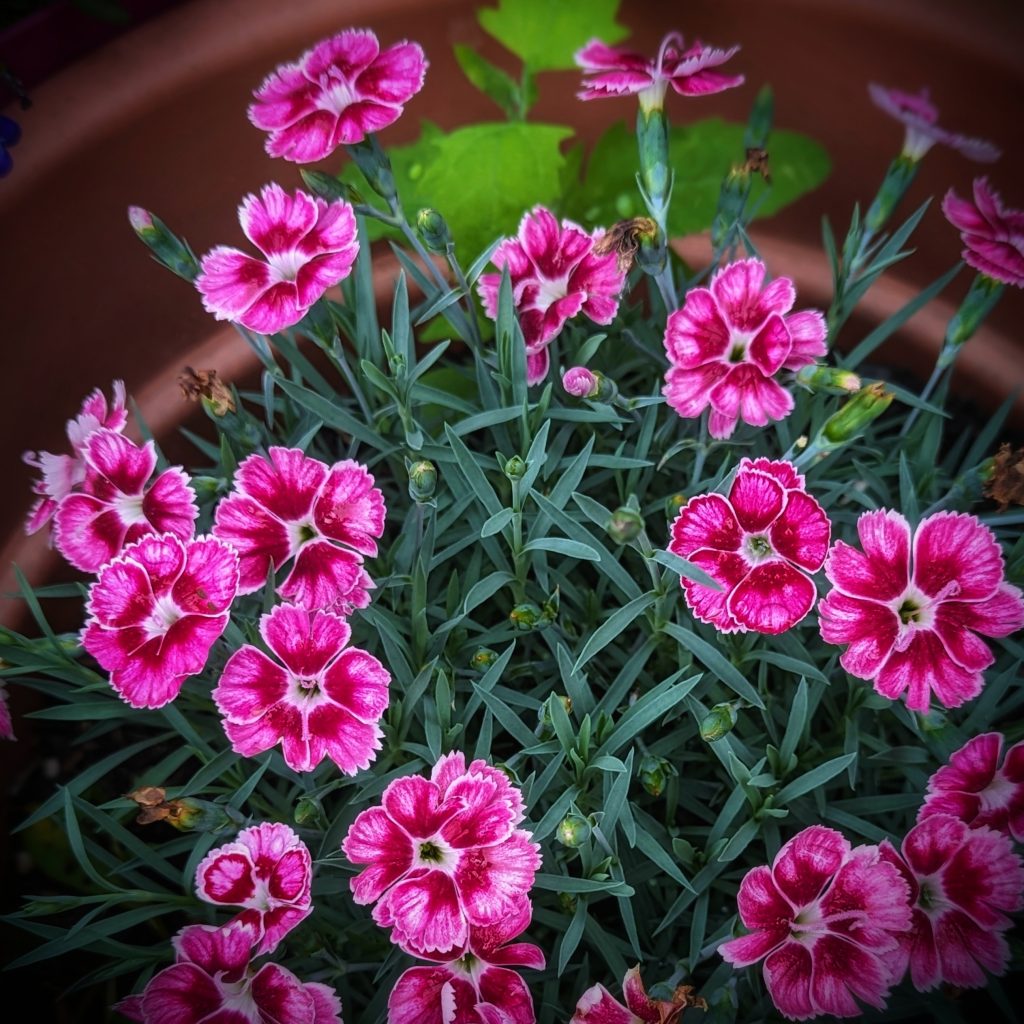
Where To Plant Dianthus?
Dianthus like a well-drained soil and an open sunny spot. For the best blooms, avoid even partial shade, it will reduce flowering
Dianthus Water Requirements
Water Dianthus well around once per week, a little more during periods of drought.
Dianthus Pruning
Deadheaded flowers once spent throughout the year. Also be sure to remove any stems or leaves that look diseased, damaged or a little shabby! In Autumn, prune back the Dianthus plant to around 3 inches above soil level
CREATING A GARDEN? CHECK OUT THESE POSTS…
- How To Grow Lobelia
- How To Grow Cirsium Rivulare
- How To Grow Delphiniums
- How to Grow Dahlias
- How To Grow Sweet Pea
- How To Grow Snapdragons
- How To Grow Cosmos
- How To Grow Verbena
- How To Grow Erica Carnea
CREATING A GARDEN ? TAKE A LOOK AT THESE FRUGAL DIY POSTS…
- DIY Potting Shelter
- DIY Potting Shed Made From Doors!
- 10 ways to create a vertical Garden
- DIY Potting Bench From Scrap Materials
- How to Build a Bee hotel from Pallet wood
- How To Make A Rustic Fence with Tree Branches
- DIY Free Crazy paving Path
- How To make a garden arch with tree branches
LOOKING FOR MORE ‘HOMELY’ INSPO ?
Have a Nosey Around the Blog! See what i’ve been Baking, Growing and Brewing! Also, pop over and say Hi on Instagram
*Any specific health claim or nutritional claims or information provided on the Website are for informational purposes only. Nothing on the Website is offered or intended to be a substitute for professional medical, health, or nutritional advice, diagnosis, or treatment. This Website is not intended to diagnose, treat, cure or prevent any disease. You assume full responsibility for consulting a qualified health professional regarding health conditions or concerns.


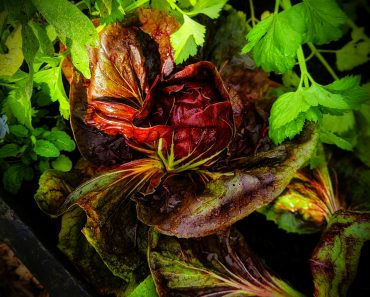
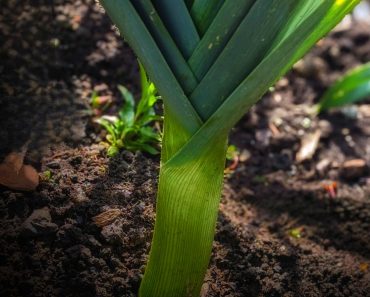
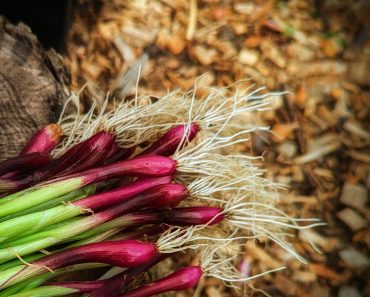

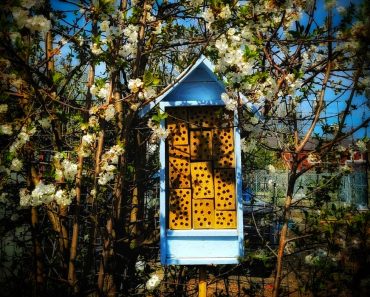

If they become unruly, prune back after flowering, around September time. Trim down into a compact mound to prepare them for winter. X